Contractor's Guide To Pet Safety on Construction Sites
This essential guide will help you maneuver around pets on the job site, while ensuring they are not in harm's way.
October is the National Animal Safety and Protection Month! While we have safety rules and regulations for workers, it is important to remember to look out for our four-legged friends. With so much risk to workers, pets need extra attention around construction sites. There are a variety of things that contractors can do to ensure pet safety on the construction site.
Coordinate With Pet Owners
Advertise your pet policy. If you’re pet-friendly, be sure to make it obvious. List out the animals you’re happy to work around. New construction leads will appreciate knowing you have experience working around their pets. Make sure your customers know your pet policy ahead of time.
Find out if they have pets, what kinds, and how many. It is also a good idea to ask if the neighbor has any pets. Take notes about any pets you might encounter. Remember to list details about breeds, number of pets, and if there will be any special instructions for entering the property. Know as much as you can about the pet situation before you come to the job site.
Discuss Pet Risks
There may be different risks to consider that depend on the pets the homeowners have. Indoor and outdoor pets may have different things to worry about. Outside dogs may have different needs than indoor cats. Have a list of risks ready to discuss for different pets.
Risk Talking Points:
- Fumes and debris during and after construction
- Potential noise issues from machinery and vehicles
- Plan out the most hazardous days and times
- Tools and machinery risks for indoor pets
- Heavy equipment risks for outdoor pets
Depending on the size of the project, it might make sense to have the pets stay off site. There will be times it is safer for owners to hire a pet sitter than it is to risk having them around a hazardous work environment. Be prepared to recommend boarding if there is a high risk to pets.
Meet the Pets
If the pets are friendly, ask for introductions. It helps to meet pets before work begins. Break the ice by asking if they have a treat you can feed their pet. You can also find out ahead of time if treats are okay and bring your own to give to your new friends. Meeting the animals will give you an idea of how things might go for the rest of the project.
- Are the pets aggressive?
- Does the pet do well with strangers?
- Are the owners in control of their animals?
- Do the pets have training?
If any concerns come up during introductions, be sure to discuss them before work begins. If the pets are aggressive or don’t do well with strangers, you’ll want to have a discussion about how to enter and exit the property and keep all workers and pets safe during construction.
You should identify a designated contact to talk about any pet concerns with. There are plenty of times when it isn’t just the contractor, a pet, and one homeowner. There may be several people at a job site with pets. If an issue comes up, you’ll need to have a direct line of communication with the pet person in charge of the pets. If there is more than one person, find out who you should go to first. It is important to take notes about a designated pet person.
Discuss Pet Related Risks With Workers
There are a variety of risks to pets on construction sites. We might not realize it at first, but pets may be sensitive to some things that would otherwise be less of an issue for people. In addition to coordinating with pet owners, you’ll need to discuss risks with your team members. Make sure everyone knows the risks to pets, and symptoms to look for if there is an issue.
Construction Site Risks for Pets:
- Paint, varnish, stain
- Chemicals and fumes
- Loud or stressful noise
- Dust and debris
Fumes from fresh varnish, stain, and paint can be toxic for pets to be around. Loud and repeated noises can create a lot of stress for anxiety prone animals. Heavy machinery and equipment may have coolant or oil leaks that are harmful to pets. Some plants used for landscaping or removed during construction could be toxic to animals. Workers may not realize some human food can be toxic to pets. It is important to make sure we know all the risks so we can prevent accidentally hurting our furry friends.
Signs of Toxicity in Pets to Look For:
- Diarrhea
- Vomiting
- Lack of appetite
- Lethargy
Someone will need to alert the pet owner if they notice animals were around any construction site risks outlined above. Follow an incident response plan below if you notice any signs of toxicity. If any of the pets are behaving very much different from when you first met them, it is worth mentioning to the person in charge of the pets.
Have An Incident Response Plan
It is important to be ready for anything. Having a response plan in place ahead of time will make it easier to navigate problems without having to worry about what you should do. Having a plan also makes it easier to stay calm and navigate issues smoothly.
Your response plan should include the following steps:
- Get all pet(s) and people to safety if possible, don’t leave any person or animal in harm’s way. Be prepared to travel to an emergency hospital for a person or pet.
- Alert the pet owner immediately, have the designated pet person take control of their animal.
- Contact emergency services if necessary.
- Document the incident; take notes, snap pictures, and record videos. Keep this documentation stored somewhere safe like your construction CRM or business management platform.
After an incident, get in touch with your insurance agent for more advice. Depending on the severity of the incident, you may also need to reach out to an attorney.
Things to Do During Construction
Now that you know there are pets on the property, you’ll have a few additional things to keep in mind while you work at the job site. When you come to work for the day, make sure your safety inspection list includes line items for pets.
Safety Inspection List Item Examples:
- Check outside fences are secured
- Ensure pet barriers are installed properly
- Make sure pets are not in the work area
- Secure pet hazards at the end of each day
After you’ve completed your routine safety inspections, you’ll want to make sure the job site is pet-proof. Seal off construction areas just in case you get a surprise visit from a pet.
After Work Cleanup
Construction can be very messy. There is usually a lot of trash generated by the work being done. Job sites with pets will benefit from additional cleanup. Be on the lookout for especially hazardous items.
Remember to Clean:
- Scrap wood and trash
- Loose plastic and packaging materials
- Uneaten food or snacks
- Nails and screws
Pets have a funny way of finding every little piece left behind and turning them into toys. While we might not have to be as careful on sites without pets, we need to take special care to clean up debris that could otherwise hurt curious animals. Cleaning up these things more often will prevent animals from finding them when you’re not there.
Additional Pet Safety Information
Animal abuse happens more than we realize, but isn’t okay. Every state has laws against animal cruelty. If you notice animal abuse, it is important to report it right away. If you notice abuse, report it and take action right away. Acting fast could save a life.
Examples of Abuse:
- Pets left in cars
- Beating and physical abuse
- Animal fighting and organized cruelty
- Hoarding, excessive quantities of personal pets
For additional information on pet abuse, contact your local animal shelter or the humane society.
Additional Related Safety Resources and Organizations
There are a lot of things to consider for keeping pets safe. Here are some additional resources that serve a broader audience. Contractors can recommend these resources to customers with animals on the job site. Additionally, once you feel confident in your pet safety protocols, include mentions of them within your construction advertising. Pet owners may be more inclined to work with you knowing you value their pet's well-being.
Helpful Articles:
- How to Care for Pets and Children During a Remodel | Houzz Pro
- Pet Safety in Emergencies | Healthy Pets, Healthy People | CDC
- Make a disaster plan for your pets | The Humane Society of the United States
- SAFE (Temporary Emergency Housing) | The Anti-Cruelty Society
- Printable Pet Safety Materials | ASPCApro
Related Organizations:

Want advice delivered to your inbox?
Unlock industry insights and updates for contractors and design pros
By signing up, I agree to the Houzz Terms of Use and Privacy Policy and that Houzz may use my information to contact me about relevant content, products, and services.

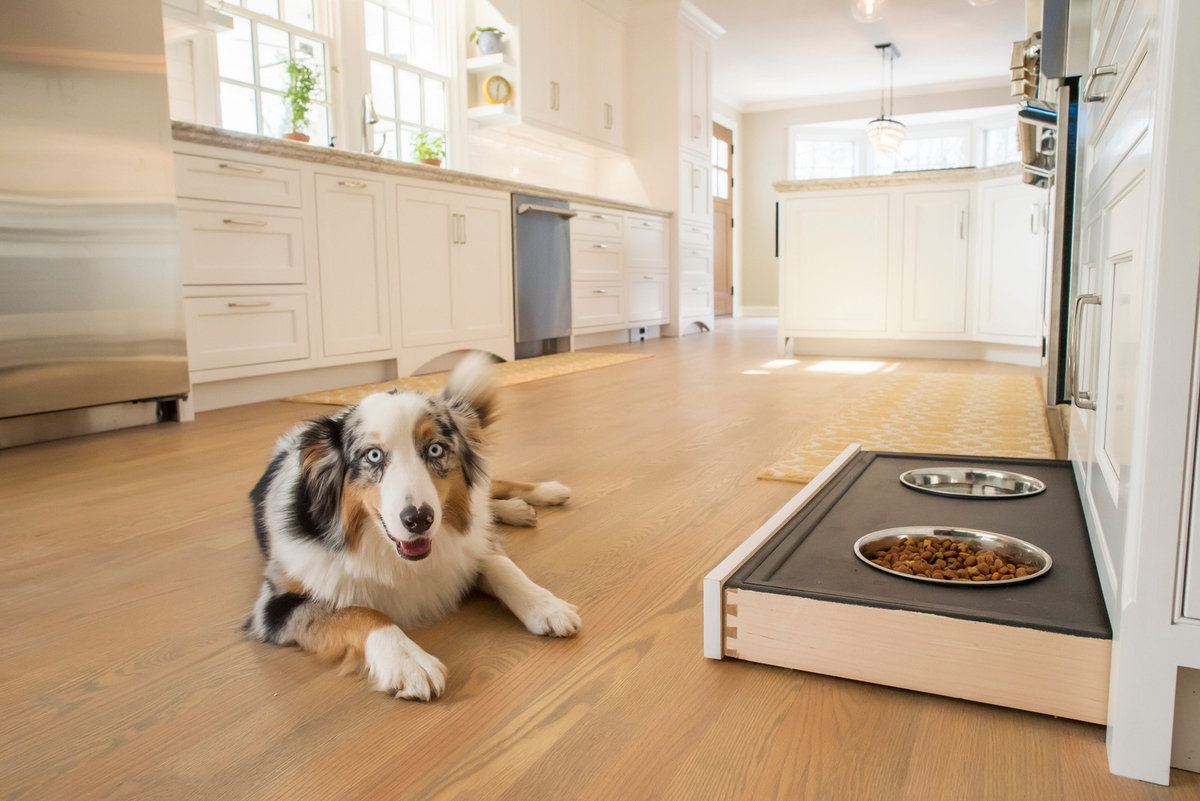

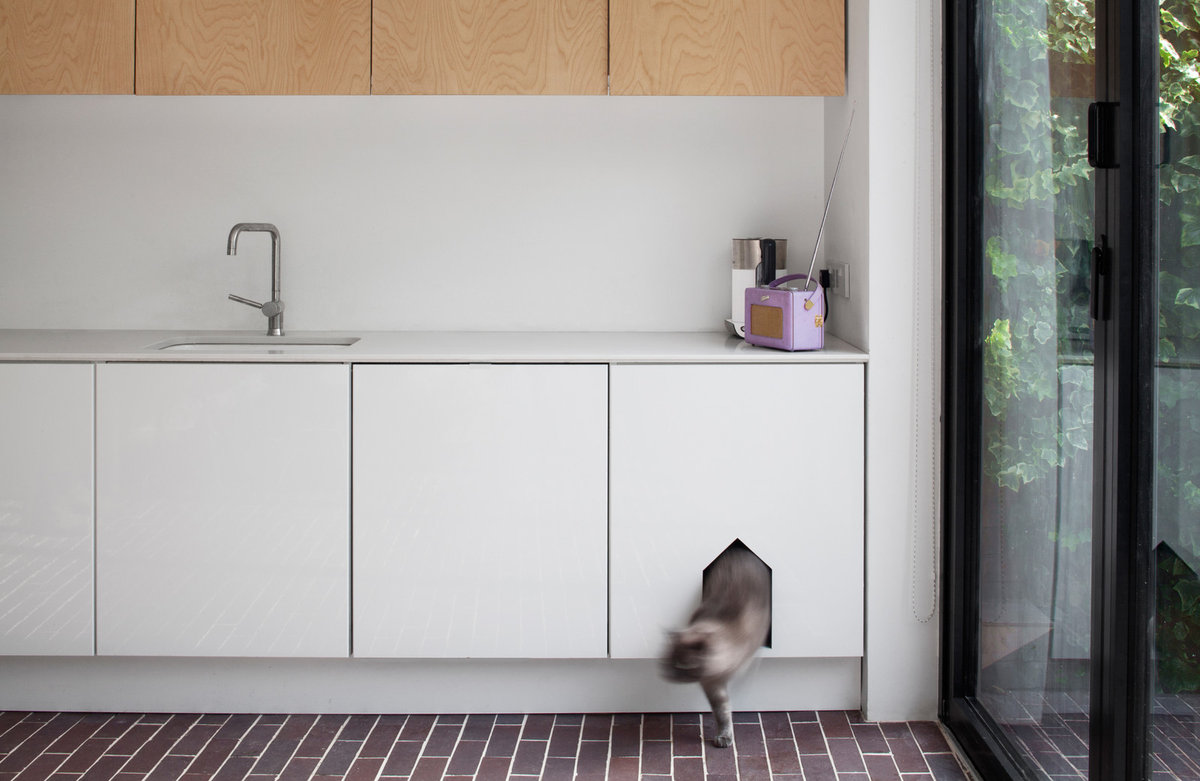
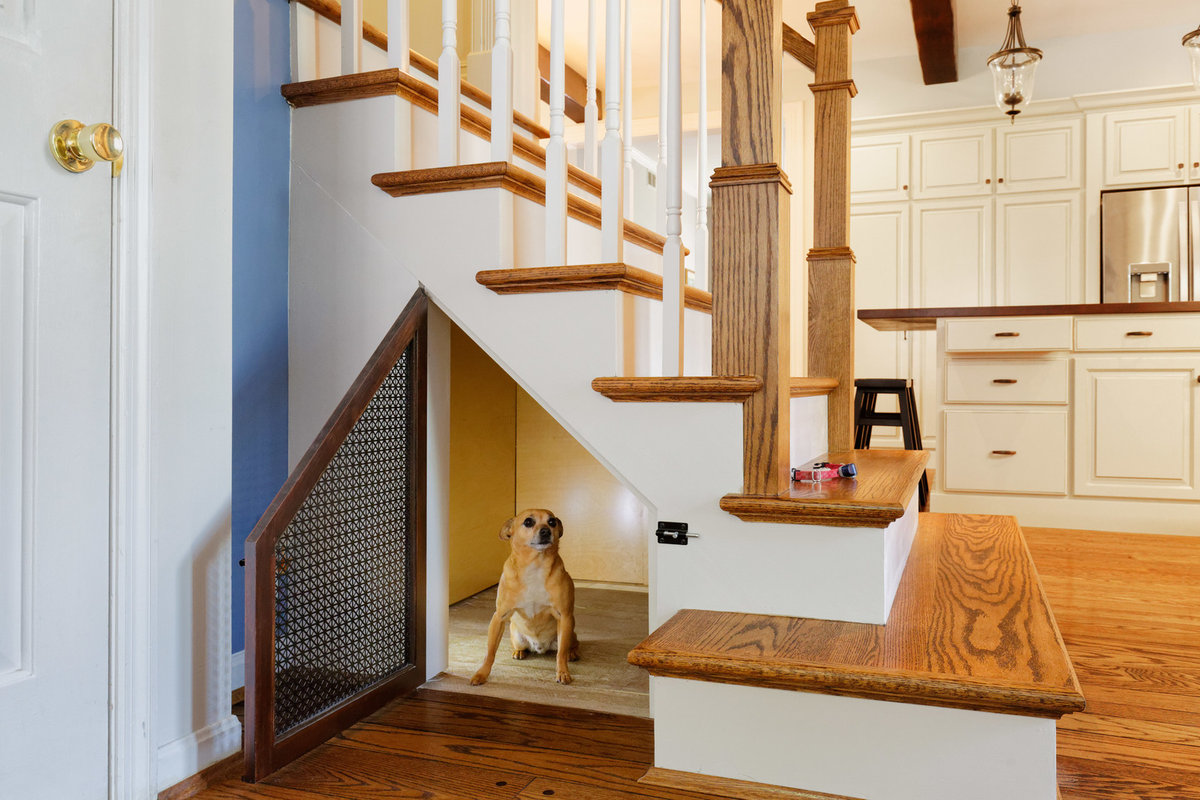
![FUL[L]](https://st.hzcdn.com/fimgs/3cf15b5b05cce5e4_4968-w1200-h800-b0-p0--.jpg)
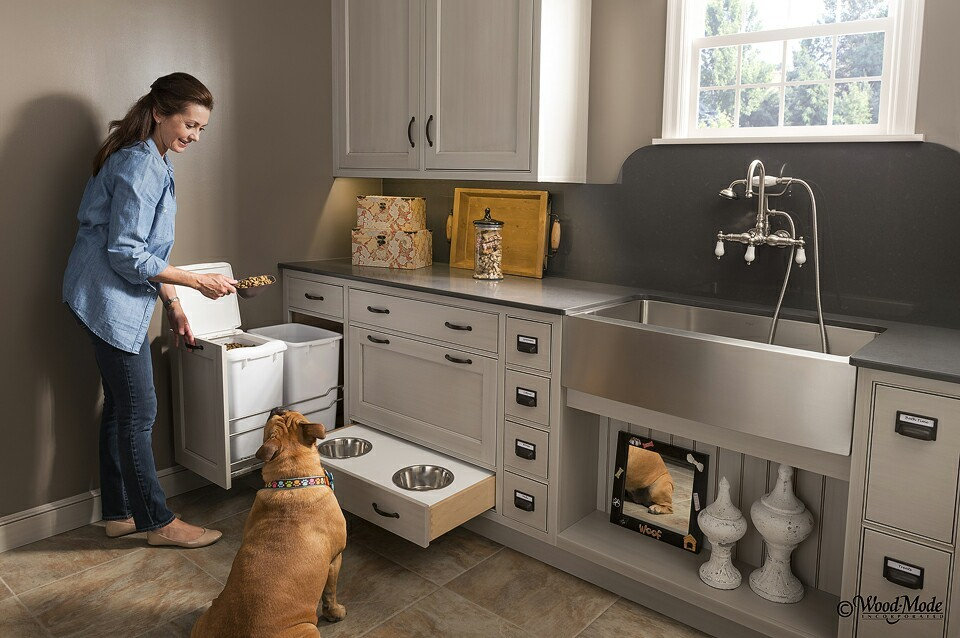
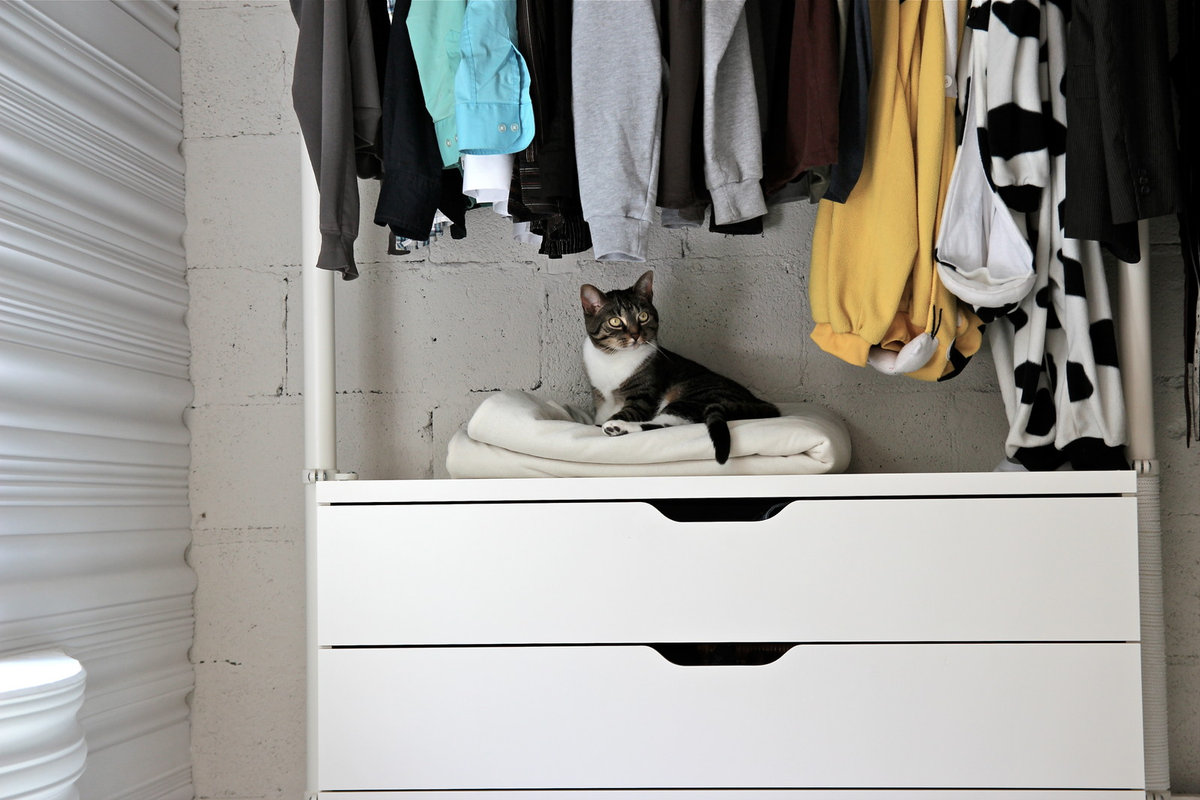



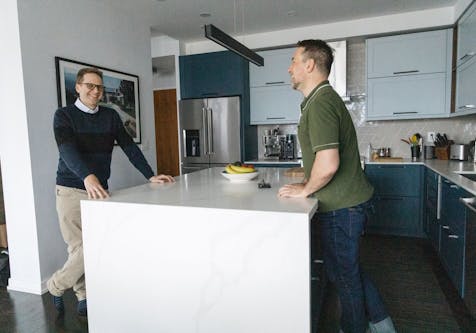

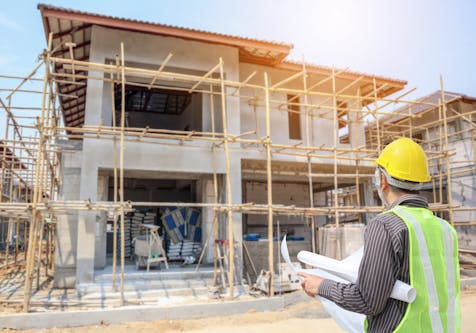


Join the conversation by commenting or asking a question below. The Houzz team reads every single comment, and we’ll get back to you by email if you need us!